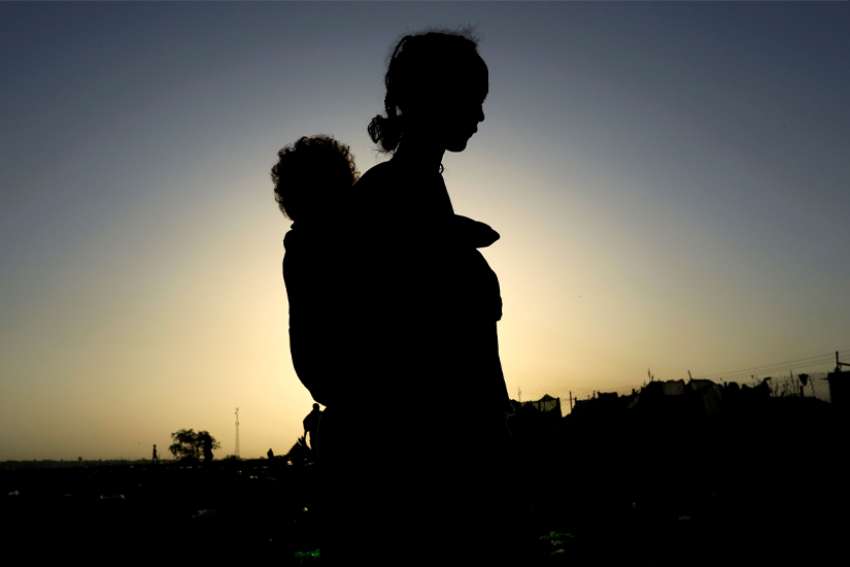“Now more than ever, you cannot give up on people who are starving,” said Development and Peace humanitarian program officer Dominique Godbut.
Ethiopians would be in crisis even without the war in the northern Tigray and Amhara provinces. A climate change-fuelled drought has enveloped the Horn of Africa. The Food and Agriculture Organization has issued a food security alert for the region. It’s the third year in a row the rainy season from October through December has failed to materialize.
But getting aid to people in a war zone is further complicating things.
“If you need to negotiate access to a road, to bring relief items, you sit down with whoever is in charge of that road at that time. It’s been changing all the time,” Godbut said.
Development and Peace’s partners in Ethiopia are further hampered by frequent and persistent shutdowns of the Internet, making it impossible to find out which roads are open, where aid has been delivered, which way internally displaced people are heading.
The ban on journalists in the war zone has also meant Ethiopians aren’t getting a lot of attention in the West.
“It hasn’t received the attention that it should, from my humble point of view,” said Godbut.
The United Nations has targeted 20 million people for assistance, including seven million directly affected by the war in the north.
“Ultimately, the only way to stop the humanitarian situation from further deteriorating is peace,” UN undersecretary general for humanitarian affairs Martin Griffiths said in a release at the end of a Nov. 5-8 visit to Ethiopia.
The humanitarian principle of neutrality guides the work of Development and Peace’s partners in Ethiopia.
“If you want to have the trust of the people you are helping, you cannot choose sides,” said Godbut.
In Ethiopia, Canada’s Caritas agency leans hard on Church networks for getting aid to the people. Ethiopia is about 60-per-cent Christian. About 90 per cent of Ethiopian Christians belong to the Orthodox Ge’ez Rite. Most of the rest are Catholic, split evenly between the Ge’ez Rite and Latin Rite.
“They’re key, because they’re very close to the communities. They have the trust of the people. They have very strong networks,” Godbut said.
“The displaced people, they go to the Sisters’ (Missionaries of Charity) compound and ask for food and ask for protection. … The faith-based organizations in Ethiopia are the ones that are most effective in terms of having the trust of the communities and being known for the work that they do in health particularly, and education. But when there’s a humanitarian crisis like this one, they switch over to whatever needs to be done. They provide food, etc.”

